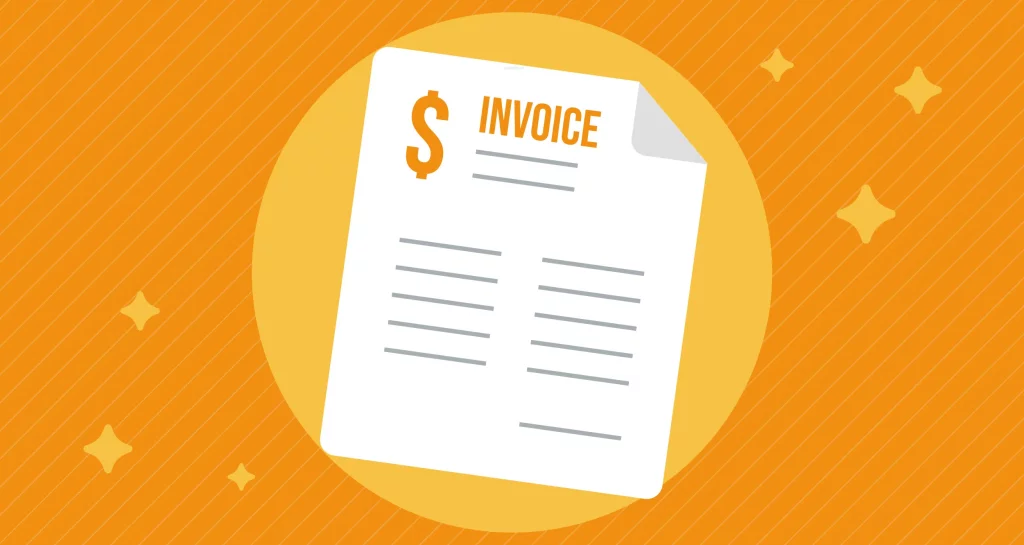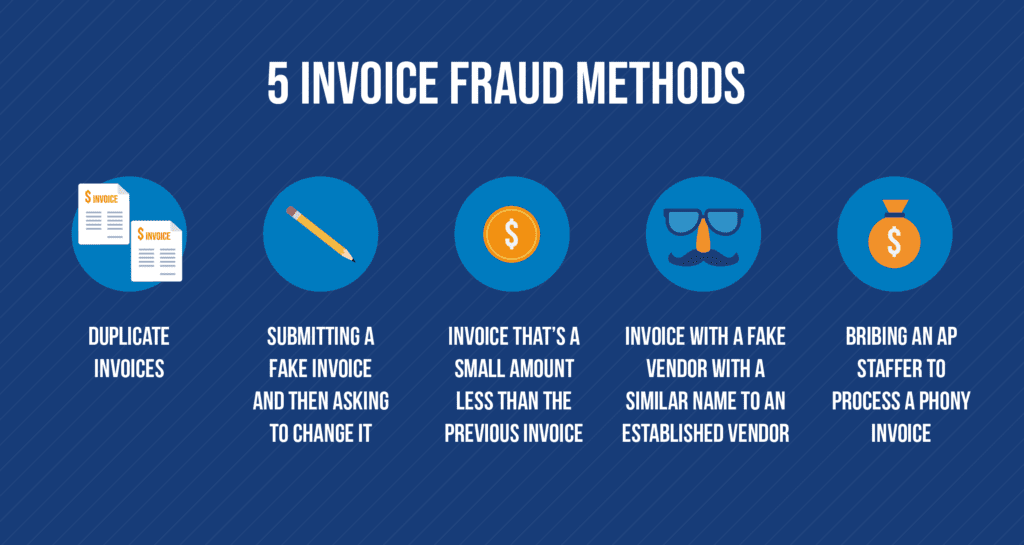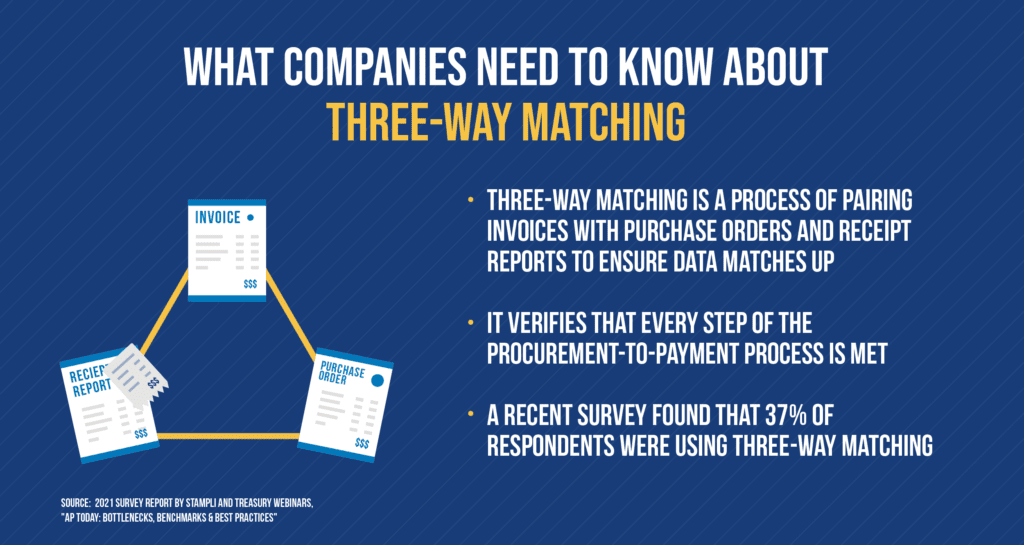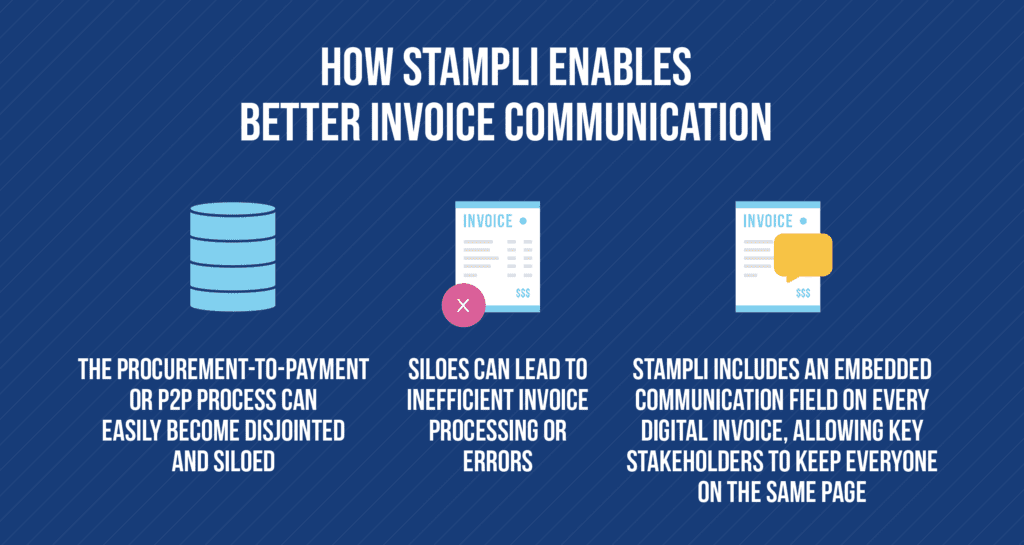How Stampli Makes Verifying Invoices Easier

When it comes to verifying invoices, companies have every incentive to make sure this work gets done properly.
After all, verifying invoices helps ensure firms only pay real invoices, avoid paying duplicate bills, and pay invoices that match purchase orders and receipt reports. If this sounds alarmist, consider how much of a problem invoice fraud (and accounts payable department fraud, in general) has been in recent years.
Verifying invoices is an important safeguard for businesses, though it’s definitely not always the easiest work. Here’s why it’s so essential to collaborate on the task with an AP automation partner like Stampli.
Basics of Verifying Invoices
When we talk about verifying invoices, what exactly do we mean? While the following might sound rudimentary to AP professionals awash in invoices all day, everyday, let’s start by defining invoices themselves, so as to have a working definition.
Investopedia defines an invoice as “a time-stamped commercial document that itemizes and records a transaction between a buyer and a seller.” Beyond this, an invoice is a record for tax purposes, solidifies payment terms, and is the first step in the procurement-to-payment, or P2P process. It can arrive in a variety of forms, be it the still-common paper invoice or an emailed PDF. However it reaches an office, an invoice is essential and will touch off a chain of actions.
When a company seeks to verify an invoice document, its personnel will quickly ascertain that its info is valid and the invoice hasn’t already been paid. The verification will also look at payment terms such as due date or applicable sales tax and ensure those have been met and invoice payment can proceed.
Many companies will repeat this process hundreds, if not thousands of times each month, with a 2021 survey report by Stampli and Treasury Webinars, “AP Today: Bottlenecks, Benchmarks & Best Practices” finding that 75% of companies were processing at least 251 invoices per month and that 31% were processing more than 1,000. In this webinar, The CFO’s Playbook for the 2023 Economy, three CFOs discuss the importance of using technology to save time, reduce error rates, and to scale a business.
Without a clear plan, companies can quickly get overwhelmed verifying invoices – or wind up abandoning the process altogether.
Why Verifying Invoices Matters
It’d be one thing if companies could always trust that invoice data is accurate and offered in good faith. Still, inaccuracies and invoice exceptions abound, as do instances of out-and-out fraud. PaymentsJournal noted in March 2022 that a recent survey had determined “that 74% of firms experienced actual or attempted payments fraud.”

While payment fraud can happen in various ways, many attempts originate with invoices. These can include:
- Sending in a duplicate invoice, which happens more than companies or public agencies might know. One Tennessee newspaper found that a local minor-league baseball team had submitted about $12,000 in “verifiable duplicate invoices” to the city of Jackson. (The team later reimbursed the city);
- Including fake or intentionally vague line items to pad otherwise valid invoices;
- Creating invoices for fraudulent or non-existent vendors with names that sound real. The Boston Globe noted that one fraudster, who was sentenced to four years in federal prison in a $1.4 million scheme, made up a company called Levistronix GMB Ltd to sound like a legit Swiss company, Levitronix GmbH.
Verifying invoices lets companies look closer and find unscrupulous requests for payment. A rigorous verification process can also help companies catch benign discrepancies. Sometimes, even the most honest of vendors might accidentally send an invoice twice, or forget to change a previous invoice amount. Invoice verification gives businesses a safety net so that, whatever the cause, erroneous payments aren’t issued.
How Companies Typically Verify Invoices
In the past, invoice verification might have simply been a matter of having accounting staff manually pore over a stack of invoices, comparing the bills to general ledger (GL) and other data to ensure everything made sense. Increasingly, though, companies seem to be having staff augment their invoice verification efforts with technology, specifically AP automation platforms.
Another 2021 survey report by Stampli and Treasury Webinars, “The How, the Why & the ROI of AP Automation” found 66% of respondents were making use of AP solutions related to invoice management. In fact, it was the second-most common functionality leveraged, behind only payments, which were used by 68% of respondents.
While invoice management can refer to invoice scanning, it’s reasonable to infer that more and more companies are also using this functionality to double check their invoices. Innovative invoice management tools are one of several effective lines of defense when it comes to verifying invoices.
4 Tips for Verifying Invoices
The good news for companies interested in verifying invoices is that it can be accomplished many different ways.
Here are four tips to consider for verifying invoices:
1. Look for Common Red Flags
Invoice fraud might seem like an uncontainable, multi-headed beast, with new and innovative forms constantly originating. The truth, however, is that whether due to laziness among scammers or just reliance on some tried and true methods, there are common red flags companies can look out for.
Companies should watch for minor discrepancies on invoices such as total amounts within a few cents of one another for the same vendor. For companies that allow individual departments to make their own purchasing decisions, these firms can check if certain business units are varying far beyond standard purchasing deviations.
Sometimes, red flags can relate to employees. Workers might insist companies can forgo the typical verification or invoice approval process. Therefore, it’s wise to get AP teams working collaboratively and holding one another accountable in the invoice verification process.
2. Insist on Three-Way Matching (if Not More)

Stampli and Treasury Webinars’ survey report on AP bottlenecks looked at purchase order approval methods and noticed something interesting:
- 42% of respondents were using two-way matching;
- 37% were using three-way matching;
Three-way matching is the process of matching supporting documents – typically invoices, purchase orders, and receipt reports – to show that each critical phase of the P2P process has been satisfied. Still, as the data shows, three-way matching doesn’t happen nearly as often as it should.
3. Prioritize Communications
Bad things can occur in the P2P process when different parts of it happen in siloes independent of one another. PYMNTS.com referenced a tech executive in March 2022 who “noted that with paper-based processes, there are ways to stick fraudulent invoices or claims into the process that otherwise would go undetected, as communication remains disjointed.”
We believe strongly in the power of good communication and for everyone involved in processing an invoice to have end-to-end visibility. ERP solutions such as Oracle, Oracle NetSuite, Microsoft Dynamics, SAP, or Sage Intacct are a good start for modernizing the communication process. To really thrive, though, companies will want to implement an AP automation platform.
4. Plan to Verify Every Invoice
Many companies get a veritable mountain of invoices every month. To avoid late payments (and hopefully capture early payment discounts from vendors), it might seem tempting to only verify a sample of incoming invoices, if any. After all, the thinking might go that thorough reviews consume more company money, particularly for smaller businesses, than fraud would.
Think again.
Even a single instance of fraud can be quite costly for businesses, with PaymentsJournal noting in the article linked above that an IBM report from 2021 averaged the cost of a data breach at $4.2 million for industries. Fraud can also go on for long periods undetected. The more businesses try to find fraud, the more likely they are to stop it early.
We should add that we don’t think companies should have to go it alone in their invoice verification process. Truth is, quality technological tools can do much of the leg work, allowing human analysts to come in late in the process and sign off that everything is as it should be.
One tool worth considering: Stampli.
How Stampli Helps Companies Verify Invoices
The best kinds of invoice verification processes are collaborative, transparent, and efficient. Here’s how Stampli can play a strong role in helping companies create exceptional verification workflows:

Embedded Communications on Every Invoice
At Stampli, we don’t just urge companies to be proactive in their communications when processing invoices. We make communications a critical component of every step of the P2P process, so that no one involved in any part of it will be in the dark about what’s going on with an invoice.
The people we include in the communications loop can include project managers, established service providers, new vendors, and whoever else a company deems deserving of access to real-time data on a transaction.
We do this by embedding a communications field at the top of every digital invoice within our award-winning, AP automation platform. This means that every time someone logs into Stampli to see what the latest is for a pending invoice, they’ll immediately see recent messages. Aside from keeping teams working together, this can also help reduce the number of anxious phone calls and emails from vendors that eat into staff time.
Automatic Three-Way Matching
As we noted earlier, three-way matching with invoices doesn’t happen nearly as often as it should. In fairness, it’s a pain in the neck and probably not realistic for AP staff to be expected to trudge down to a file room and try to find purchase orders, service or goods receipt reports, and whatever else might prove the validity of a transaction.
We feel the pain for accounts payable teams. So we use artificial intelligence to perform automatic matching, with the ability to add GL codes to every document associated with a transaction. This also makes it easy to preserve voluminous digital records for the next audit, whether it’s scheduled months in advance or something that has to happen at a moment’s notice when auditors show up unannounced.
Daily Reconciliations with AI and Machine Learning
We also put AI and machine learning to work on reconciliations, another valuable task that’s otherwise a cumbersome burden for AP teams. Entire accounting departments could shut down for a day or two each month in the old, paper-based days of reconciliations, when staff was stuck printing off mountains of spreadsheets and comparing it to manual accounting books.
Maybe this happens at some companies still stuck on old processes. It doesn’t have to, though.
Instead of a monthly ordeal, Stampli’s AP automation platform makes it so reconciliations can happen daily, or however often a company wants it, at the push of a button. This allows companies to constantly review their accounting data for any mistakes or fraudulent transactions. Our machine learning capabilities mean that our AI bot, Billy, can also glean valuable spend management insights through all the different reconciliations.
End of day, it’s just one more line of defense that Stampli provides for having cleaner and better invoice data.
We can verify that Stampli makes invoice processing easier and more profitable. Come see the difference today.